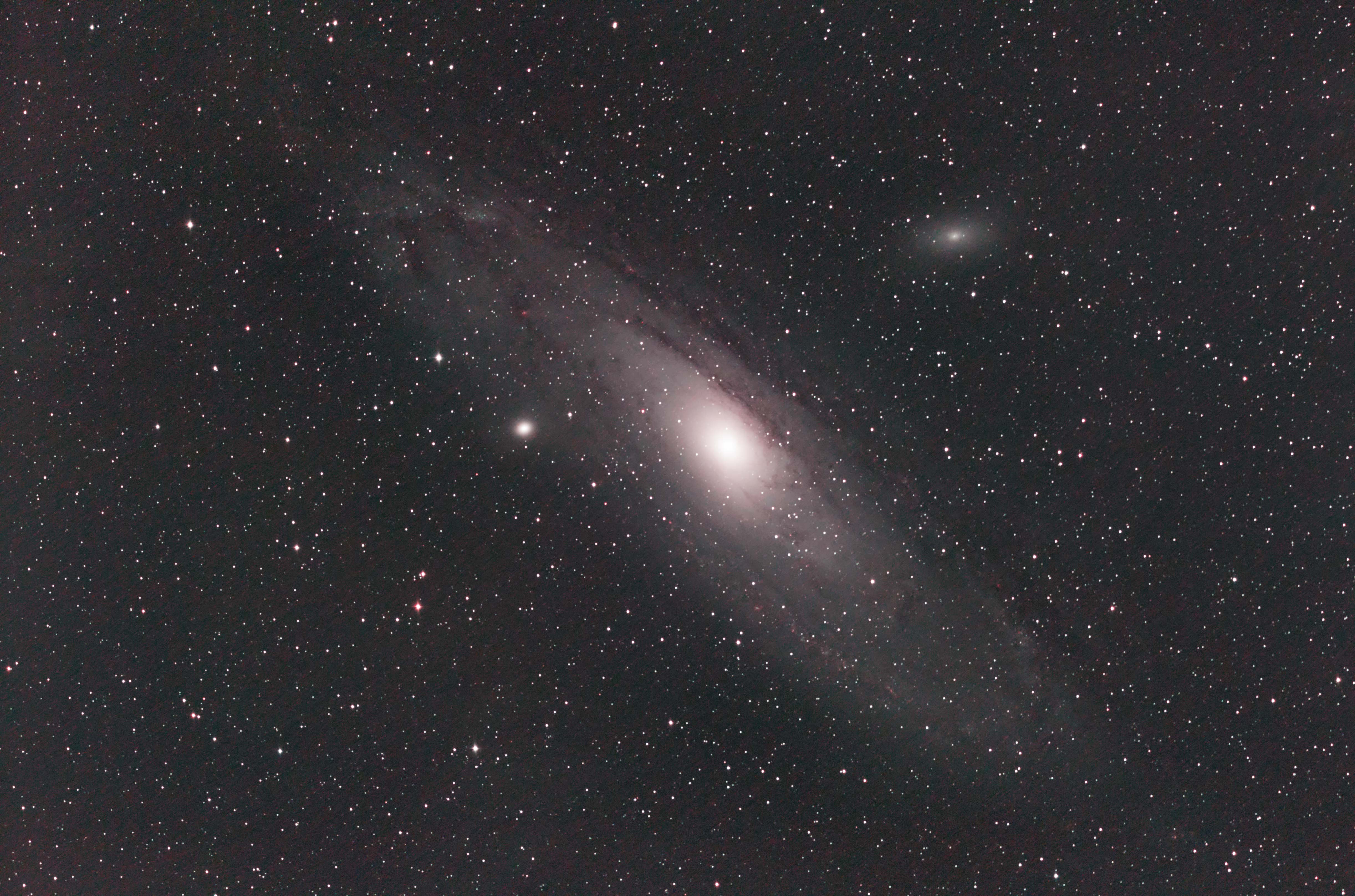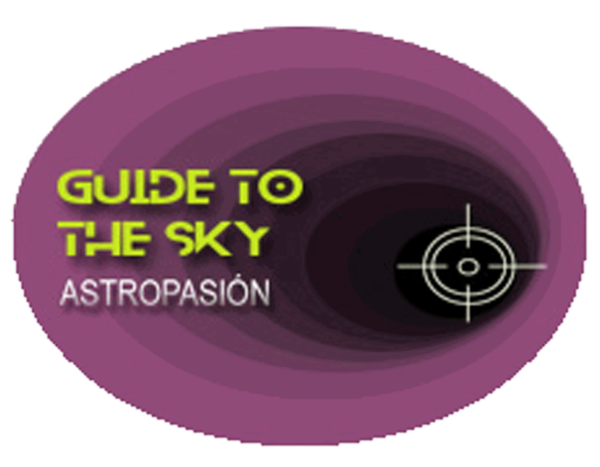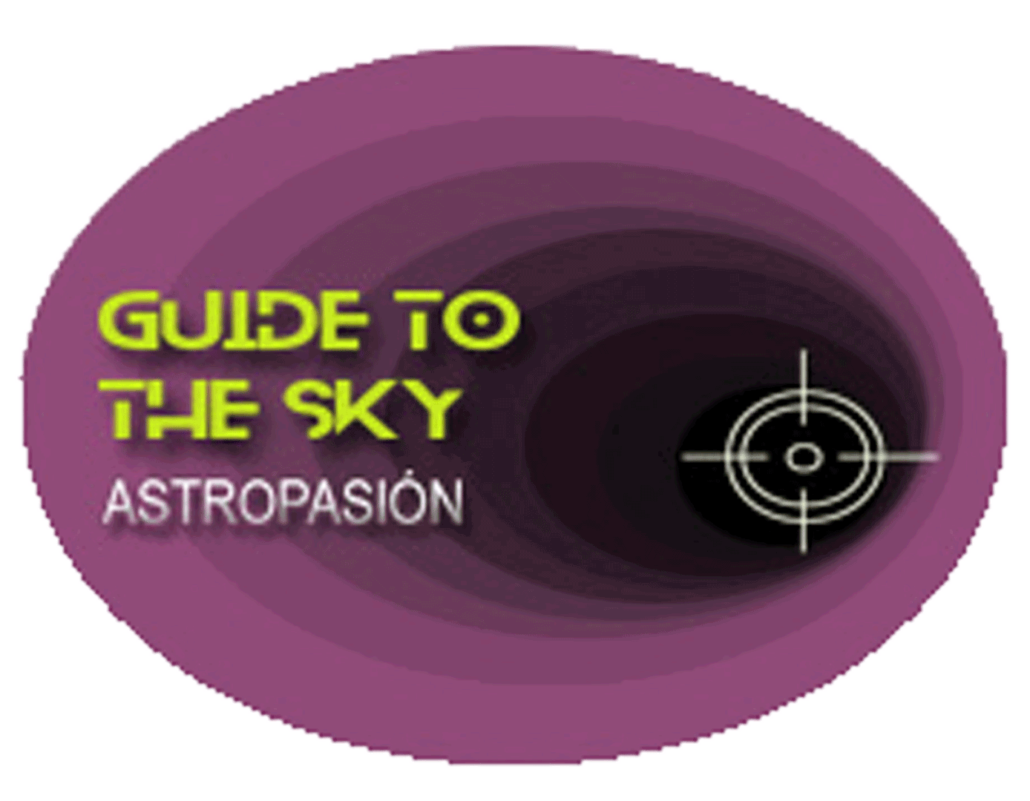Messier 110 - Andromeda

Es el último registro del catálogo de Messier y merece un capítulo aparte de M31 debido a que se trata de una galaxia peculiar: es una elíptica enana con grandes regiones de polvo oscuro, la cuales es muy probable que podamos fotografiar. Estas regiones han generado estrellas azules visibles cerca del núcleo de M110, lo que no es muy normal para una elíptica.
M110 es bastante notable: brilla con una magnitud de {{object[0].M110.visualMagnitude}}, desde {{object[0].M110.mesDistances[0].dist }} {{ object[0].M110.mesDistances[0].unit }} de distancia.
M110 - - en la IA
Messier 110 (M110), also known as NGC 205, is a dwarf elliptical galaxy located in the constellation Andromeda. It's a satellite galaxy of the much larger Andromeda Galaxy (M31). Here's a breakdown of its key characteristics:
Key Facts:
- Type: Dwarf Elliptical Galaxy (dE5 pec)
- Constellation: Andromeda
- Distance: Approximately 2.9 million light-years from Earth
- Diameter: Roughly 15,000 light-years
- Magnitude: Apparent magnitude of about 8.5, making it visible with binoculars or a small telescope under dark skies.
- Coordinates (J2000): RA 0h 40m 22.1s, Dec +41° 41' 07"
- Discovery: Independently discovered by Charles Messier in 1773, but he never officially included it in his catalog. Caroline Herschel was the first to publish an observation of it in 1788. It was officially added to the Messier catalog by Kenneth Glyn Jones in 1967.
Characteristics and Features:
- Dwarf Elliptical: As a dwarf elliptical, M110 is smaller and less massive than a typical elliptical galaxy. It has a smooth, featureless appearance.
- Halo of Stars: M110 is surrounded by a faint halo of stars.
- Dust and Star Formation: Unlike most elliptical galaxies, M110 exhibits some evidence of recent star formation and contains some dust lanes. These features are unusual for a galaxy of its type. It has been proposed that M31 tidally stripped gas and dust from M110, leading to the formation of these new stars.
- Globular Clusters: M110 hosts several globular clusters, which are dense collections of stars orbiting the galaxy's core.
- Interaction with M31: M110 is gravitationally bound to the Andromeda Galaxy. Interactions between the two galaxies likely influence M110's structure and star formation.
- Unusual for Dwarf Ellipticals: The presence of dust, young stars, and star formation in M110 is somewhat atypical for dwarf elliptical galaxies, making it an interesting object of study for understanding galaxy evolution.
Observing M110:
- Location: M110 is close to the Andromeda Galaxy in the sky, making it easy to find if you locate Andromeda.
- Visibility: It's visible with binoculars or a small telescope from a dark location. Larger telescopes will reveal more detail.
- Challenges: Its low surface brightness makes it challenging to observe under light-polluted skies.
In summary, Messier 110 is a fascinating dwarf elliptical galaxy notable for its proximity to the Andromeda Galaxy and its unusual characteristics for its type, including signs of recent star formation.
Más información sobre Messier 110 en NASA/IPAC.
Mapa alrededor de Messier 110
Otros identificadores de M110:
"Gaia DR3 381334757352292096" ,"IRAS 00376+4124" ,"ISOSS J00403+4140" ,"LEDA 2429" ,"M 110" ,"MCG+07-02-014" ,"NGC 205" ,"UGC 426" ,"Z 535-14" ,"[SLK2004] 93" ,"2MASX J00402207+4141070" ,"[FWB89] Galaxy 7" ,"[CHM2007] LDC 31 J004022.07+4141070","Z 0037.6+4125" ,"[CHM2007] HDC 29 J004022.07+4141070","[M98c] 003738.7+412444" ,"UZC J004022.0+414107" ,"Gaia DR2 381334757352292096" ,

